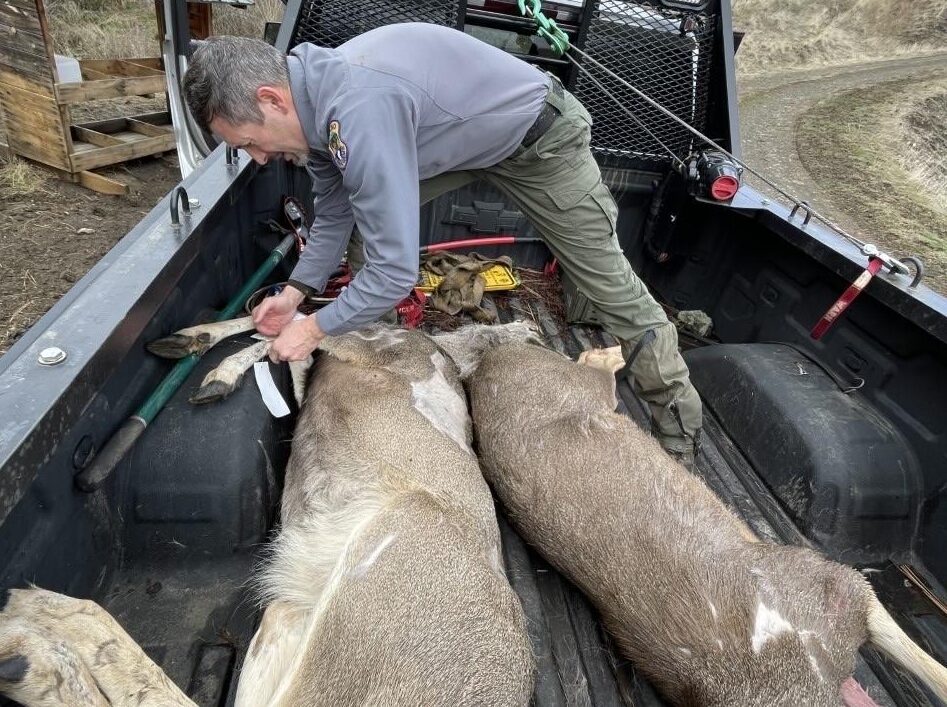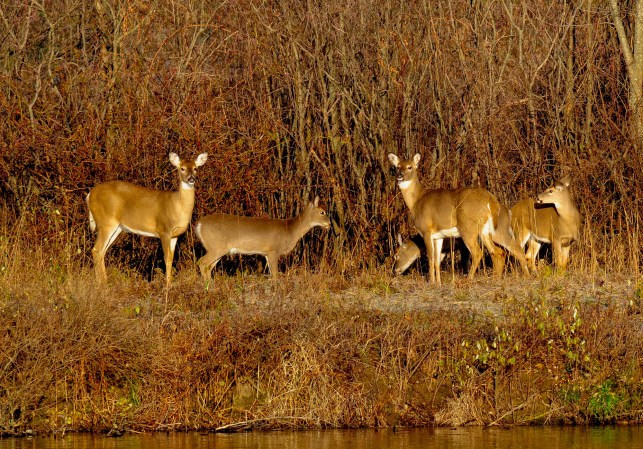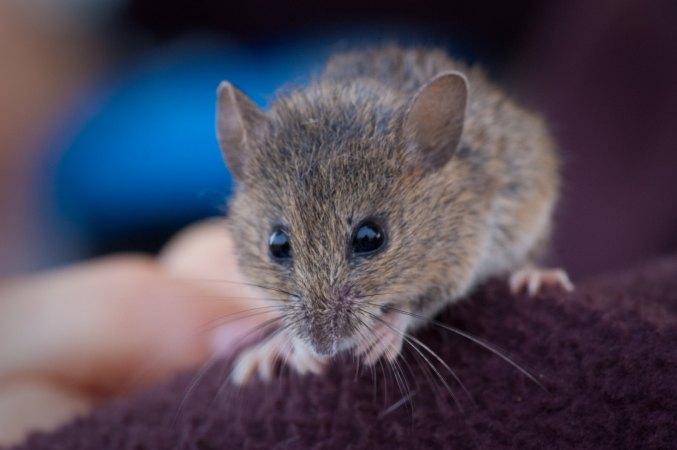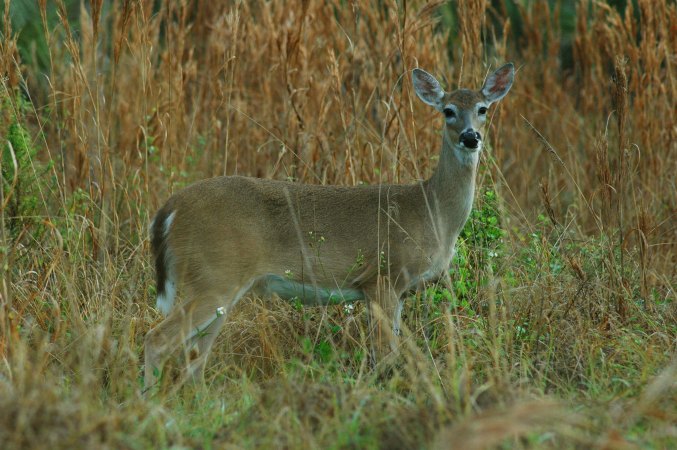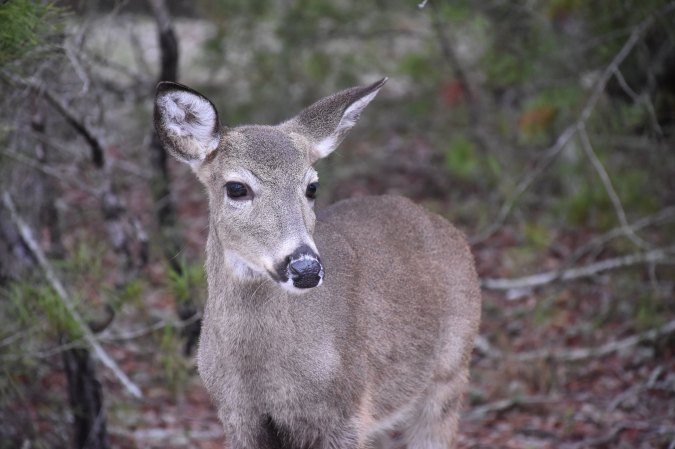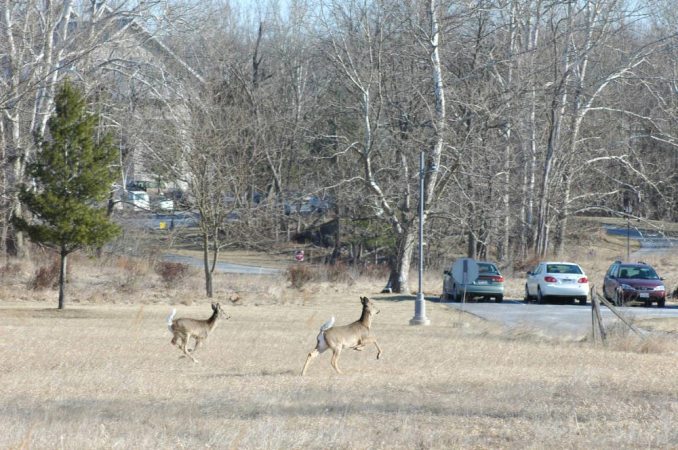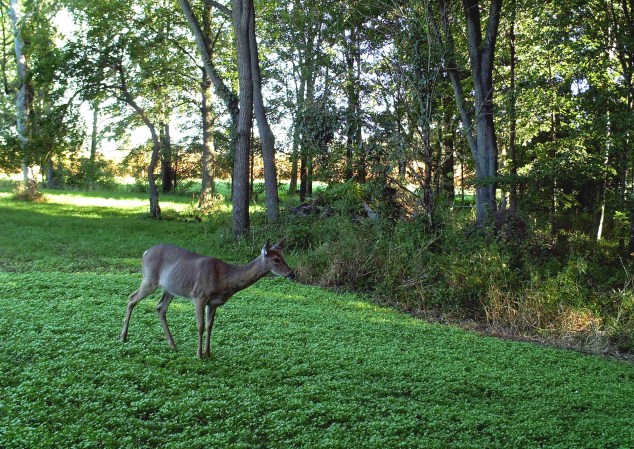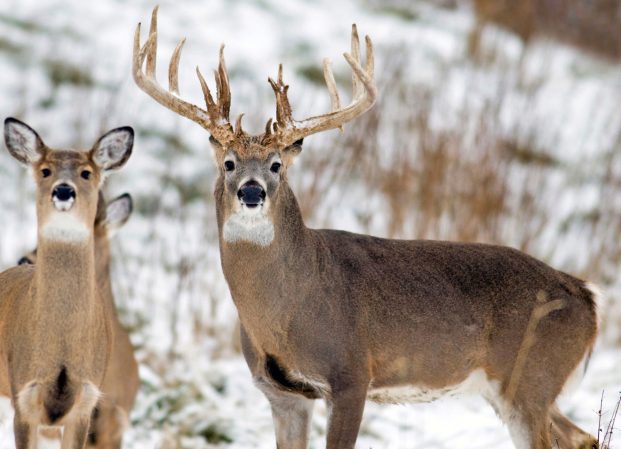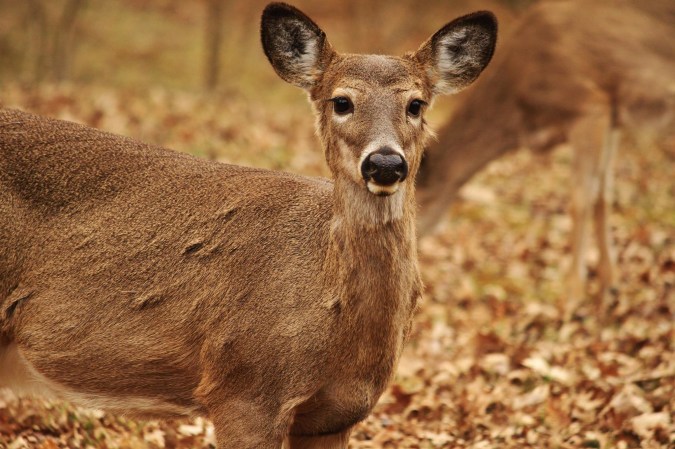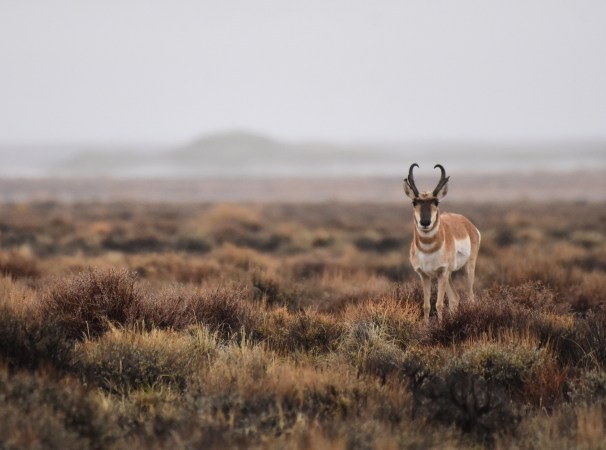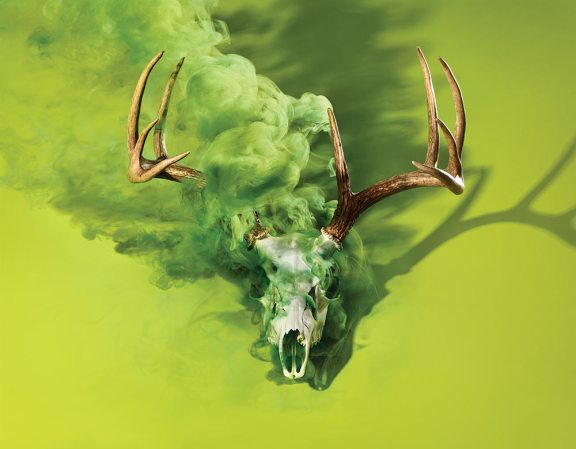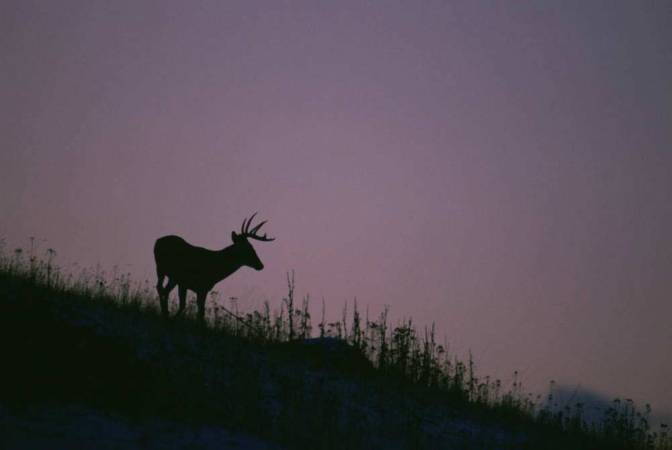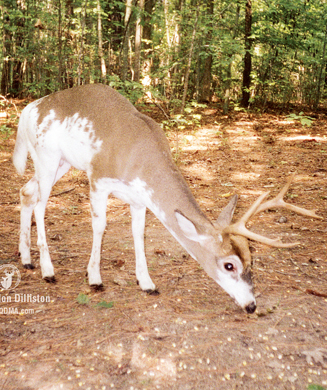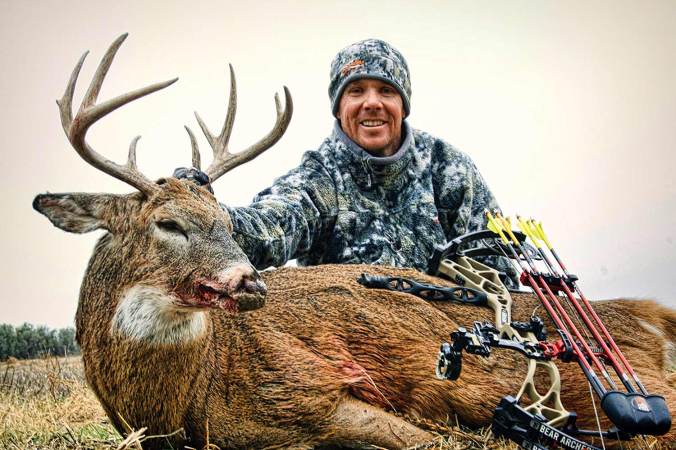IDFG has wrapped up a weeks-long deer and elk cull in an approximately 50-square-mile section of the Clearwater Region, the same area where the state’s first cases of CWD in wild animals were detected in 2021. From mid-February through the end of March, landowners with special permits and state and federal officials removed 442 deer and elk from the landscape. Of those 442 animals, 24 have so far tested positive for CWD: 21 whitetail deer and three mule deer, IDFG regional communications manager Jennifer Bruns tells Outdoor Life.
Cullers were allowed to take special measures like baiting and shooting at night to remove animals. These two tactics are otherwise banned from standard hunts in Idaho. Venison from the deer and elk that tested negative for CWD were donated.
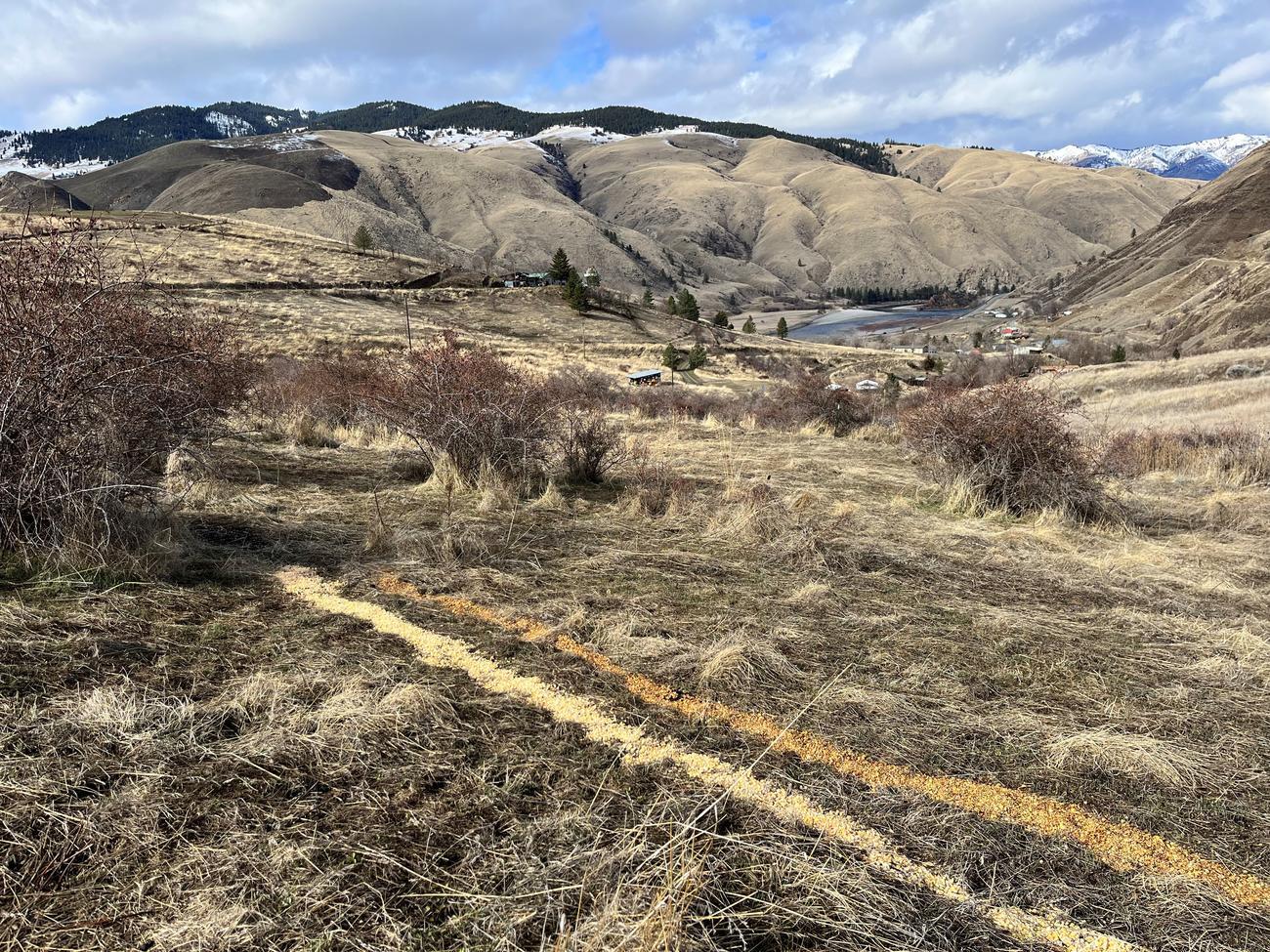
The parts of the Clearwater Region where the cull occurred—Units 14 and 18—are largely U.S. Forest Service land and private land. (This region covers the bottleneck of Idaho, where the panhandle connects to the rest of the state.) This means the IDFG had to coordinate with the USDA and landowners for the cull to take place.
“Many of our partnering landowners allowed us permission to take management action on their property,” IDFG regional wildlife manager Jana Ashling said in a press release. “We know this was a sacrifice for them and we couldn’t do it without their cooperation.”
Was the Idaho Cull Really Necessary?
The necessity of killing hundreds of deer and elk was lost on some Idahoans at first, Kyle Maki of the Idaho Wildlife Federation tells Outdoor Life. Maki is the North Idaho field representative and a hunter in the area.
“Many people were not happy about it,” he says. “But a lot of folks who were questioning the Department’s intent started to recognize that we had a chance to contain CWD and slow the spread.”
People became more open to the idea of the cull when test results from prior hunts showed that the disease was fully concentrated in the Slate Creek drainage, Maki explains. This tight grouping of positive tests was proof that a cull actually stood a chance at keeping the infection from spreading further. The Slate Creek drainage is core deer and elk winter range and the terminus of a migratory corridor, Maki says, so it’s a bit of a miracle that the disease hasn’t expanded with animal movement. This puts the drainage in the unique position of benefiting from a scorched-earth tactic.
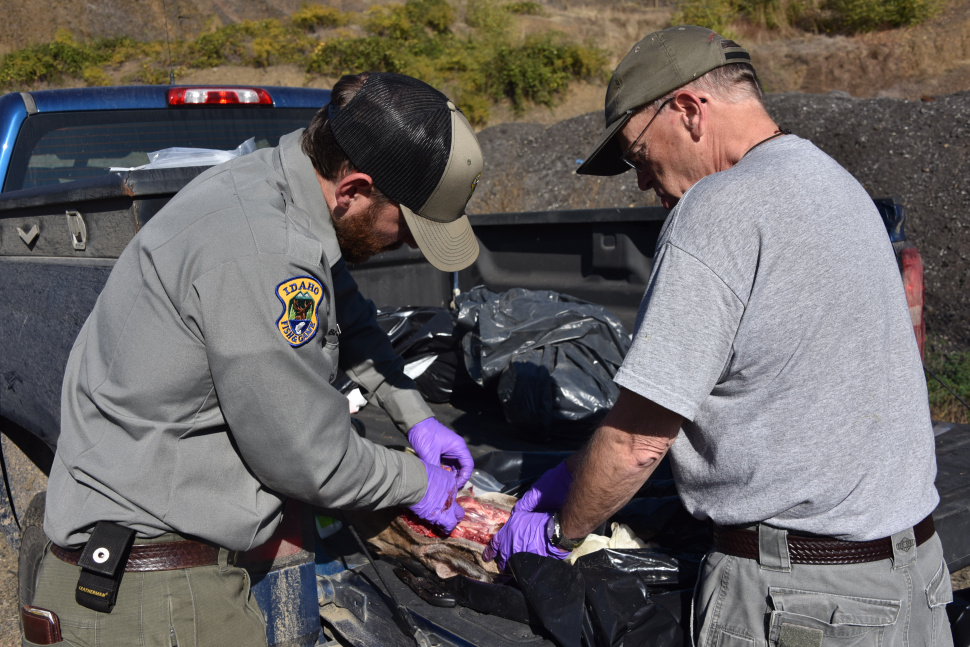
“Of course, nobody was happy about it, especially the people in that drainage. There are plenty of people who buy property down there specifically to hunt deer, and I feel for them,” Maki says. “But if we don’t try to slow the spread, the deer are going to die regardless.”
Idaho’s First CWD Strategy
When IDFG first encountered CWD in 2021, the infected animals consisted of two mule deer bucks harvested from the Slate Creek drainage in Unit 14. Six days after announcing the positive results, the agency enacted emergency hunts in units 14 and 15 to increase the sample size by 775 tests. They sold 1,527 deer tags across 35 hunt areas to resident hunters on a first-come, first-serve basis in the beginning of December.
Maki was one of the hunters to receive one of the tags, which cost $10 apiece. He and his friend harvested does that both tested negative.
“I think [the emergency hunt] was pretty well-received by sportsmen. A lot of people just wanted to know how widespread the disease was. But it was really weird, hunting with that different mindset,” Maki says. “Initially, I was excited. But getting down there and doing it, just had a different feel. It wasn’t a hunt as much as it was, ‘we’re out here trying to kill animals.’ It wasn’t to go out and spending time with buddies, it was not about the experience.”
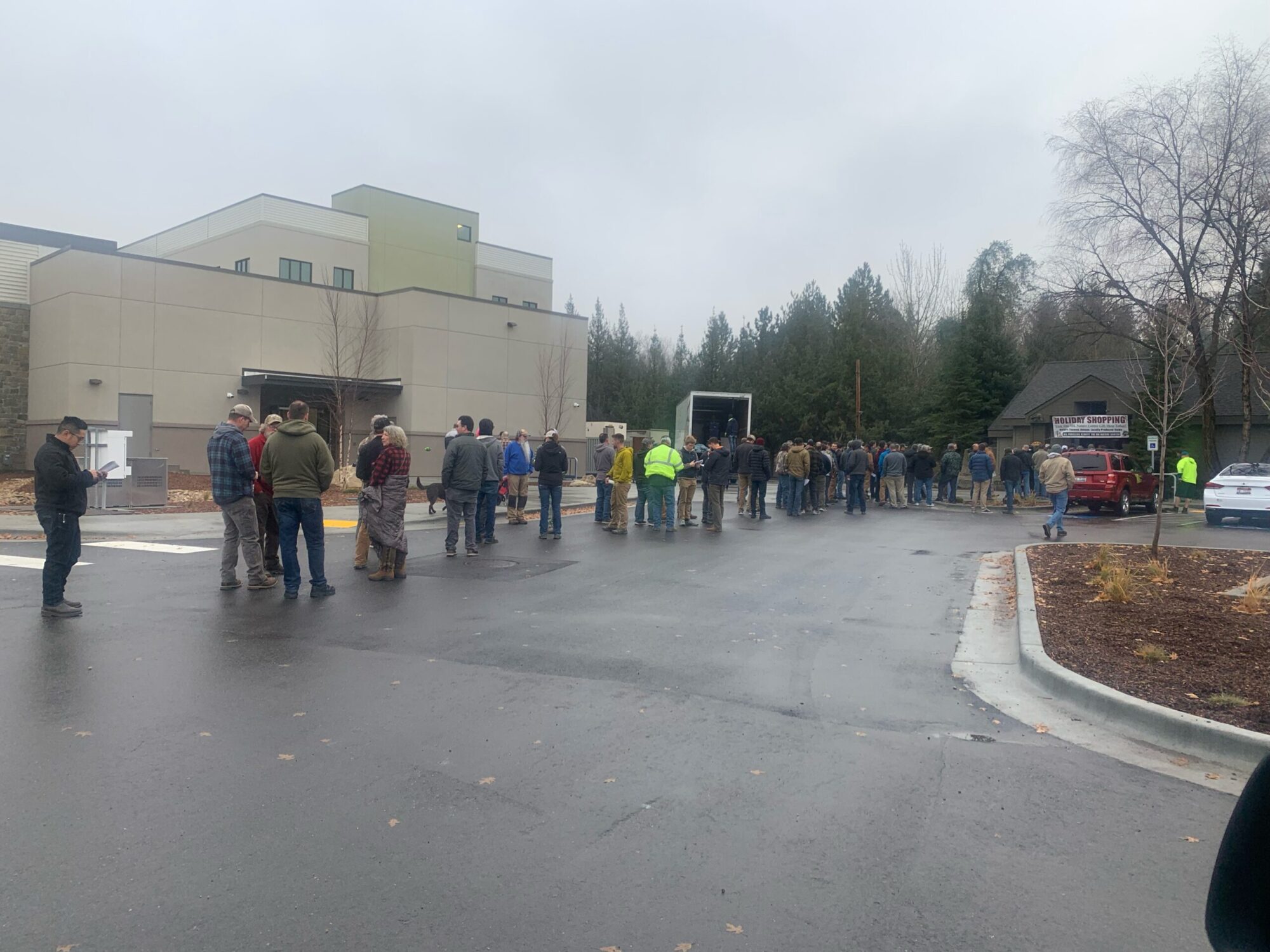
Once the agency received their 775 samples, they shut the hunt down. Units 14 and 15 have been considered CWD management zones since the first positive tests, which means any deer, elk, or moose harvested from the zone must be tested. Any meat transported outside the area must be deboned and no portion of the spine or gut pile can leave the kill site, except for disposal at an approved facility. Breaking these rules could results in a misdemeanor, a $1,000 fine, up to six months in jail, and a three-year loss of hunting licenses.
Community Response to the Cull
Public outreach efforts were necessary to ensure the private landowners in the area were on board with the cull.
“Our Fish and Game staff, particularly our wildlife staff, did a really good job of being proactive,” Bruns says. “We had two community meetings held close to Slate Creek and then we also sent out letters right before the management action, and our officers actually did a lot of door-to-door contact to talk to folks face-to-face about what we were planning to do.”
As far as the community’s response to the decision, Bruns says it was a combination of sadness and understanding.
“I feel like they’ve been very supportive,” she explains. “Of course there’s the sense of disappointment. Folks live in Slate Creek because they love seeing wildlife. It’s a unique area in the sense that there are mule deer, whitetail deer, and elk in the area along where Slate Creek drains into the Salmon River. It’s a really neat diversity of habitats. But it has a lot of private land and we needed cooperation with landowners to be able to move forward with the effort.”
What’s Next for CWD in Idaho?
With the emergency hunts and the first cull in the rear-view mirror, Maki wonders what the future holds for CWD management in the Clearwater Region, an area that already struggles with contention over disease control. (Deer hunters in the area are also concerned by how recurring epizootic hemorrhagic disease outbreaks are also impacting the deer population.)
“What happens next year? Is this a yearly cull in and around the drainage? I don’t know,” he says. “Hunting is not going to be what it was historically there. But it also wouldn’t be that with more CWD prevalence on the landscape, either.”
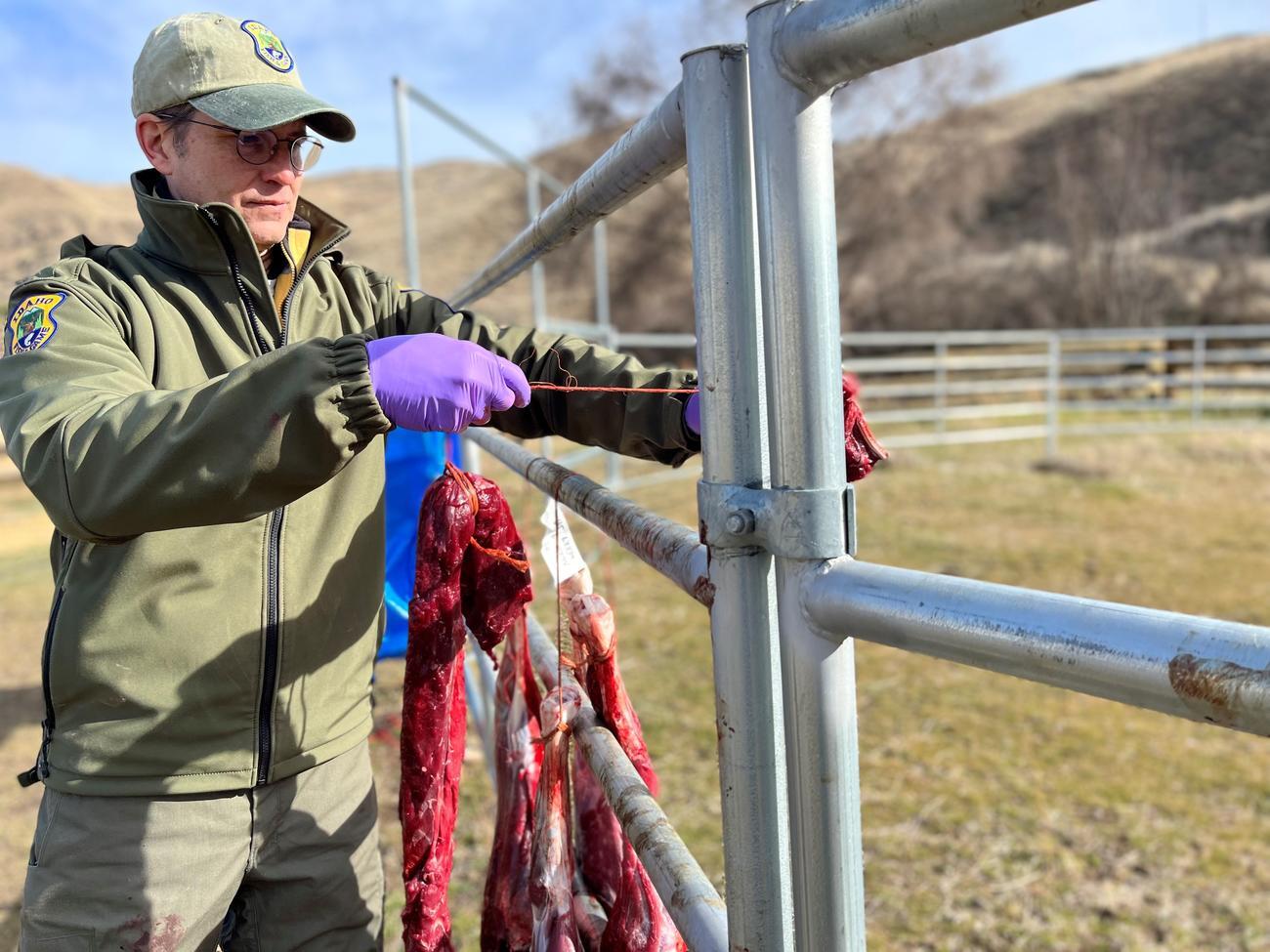
Bruns confirms that future action is uncertain and highly dependent on what CWD monitoring efforts turn up over the summer of 2023. The possibility of future removal efforts does remain, she says.
Read Next: Here’s What Top Chronic Wasting Disease Researchers Can’t Say on the Record
As long as the disease remains contained, Maki hopes ungulates and hunters alike can enjoy the ample CWD-free landscapes that are still proximal to the hot zone—even if eventual spread is inevitable.
“People can still drive to hunt places that aren’t CWD-positive yet,” he says. “It’s not a good situation, but the department and sportsmen are just trying to make the best of it.”

